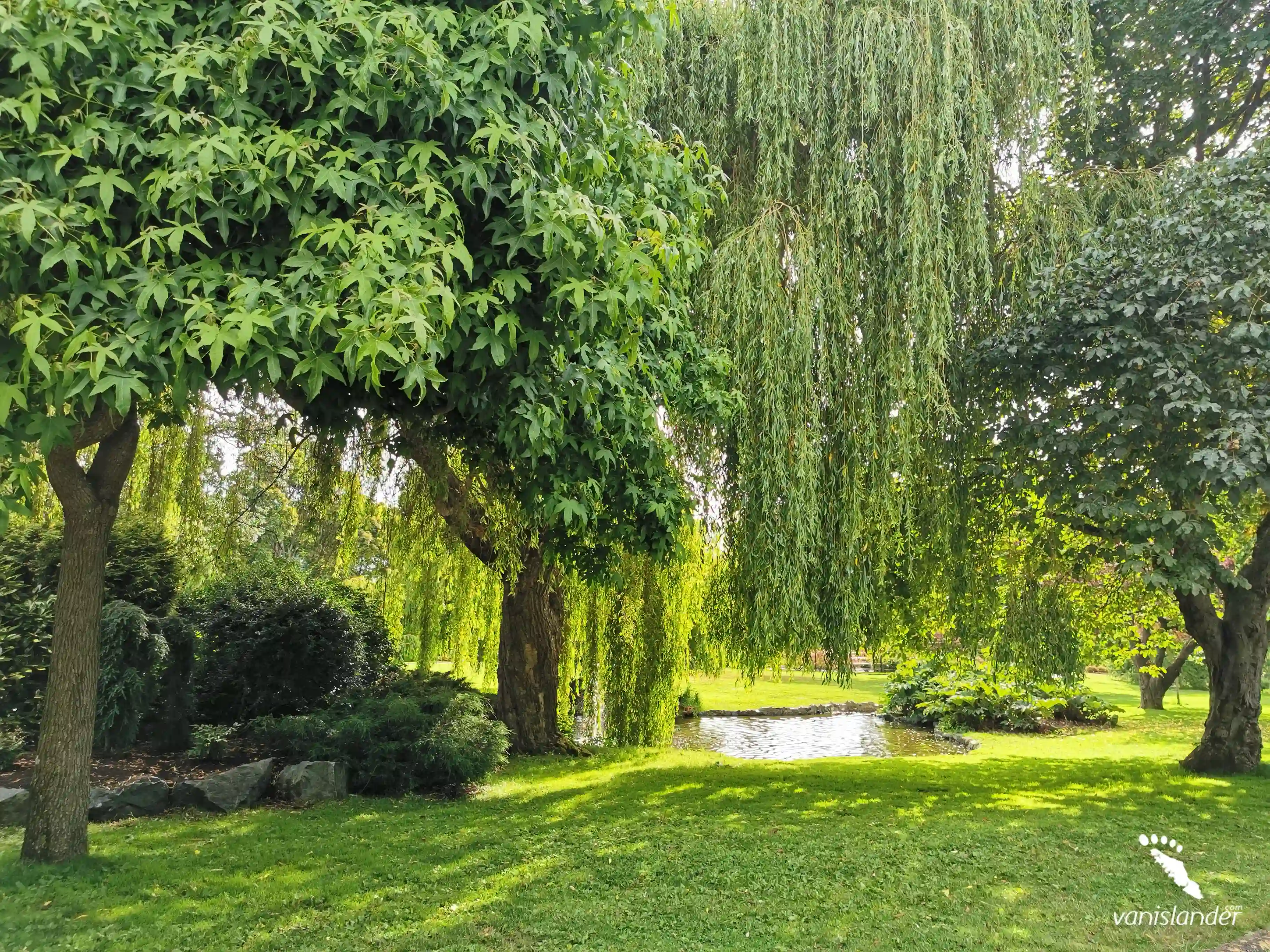
|
Month |
Weather Conditions |
Trail Accessibility |
Considerations |
|---|---|---|---|
|
May
|
Variable weather; cooler temperatures with increasing rainfall.
|
Sheltered bays such as Heriot Bay and Hyacinthe Bay are generally accessible, but exposed channels may be rough due to strong tidal currents.
|
Fewer paddlers on the water; monitor tidal charts closely and be prepared for variable winds and gusts.
|
|
June
|
Mild temperatures with moderate rainfall.
|
Inlets offer relatively calm waters while major channels (e.g., Discovery Passage, Sutil Channel) still feature strong flows.
|
Ideal for paddlers planning route segments that favor sheltered conditions; longer daylight aids planning.
|
|
July
|
Warm and dry conditions.
|
Optimal water levels in sheltered inlets; however, exposed channels can have very strong currents and dynamic tidal flows.
|
Peak season with increased paddler traffic; advanced skills recommended for open water; plan for high demand.
|
|
August
|
Warm with minimal rainfall.
|
Consistent water levels in protected areas; open channels remain challenging due to strong tidal flows from both the Strait of Georgia and Johnstone Strait.
|
High demand season; advanced route planning is essential; book permits and accommodations well in advance.
|
|
September
|
Cooling temperatures with occasional rain.
|
Water levels begin to fluctuate; sheltered bays remain generally accessible, but open channels become more unpredictable.
|
Less crowded overall; extra care is needed to monitor changing tides and weather patterns; plan for variable conditions.
|